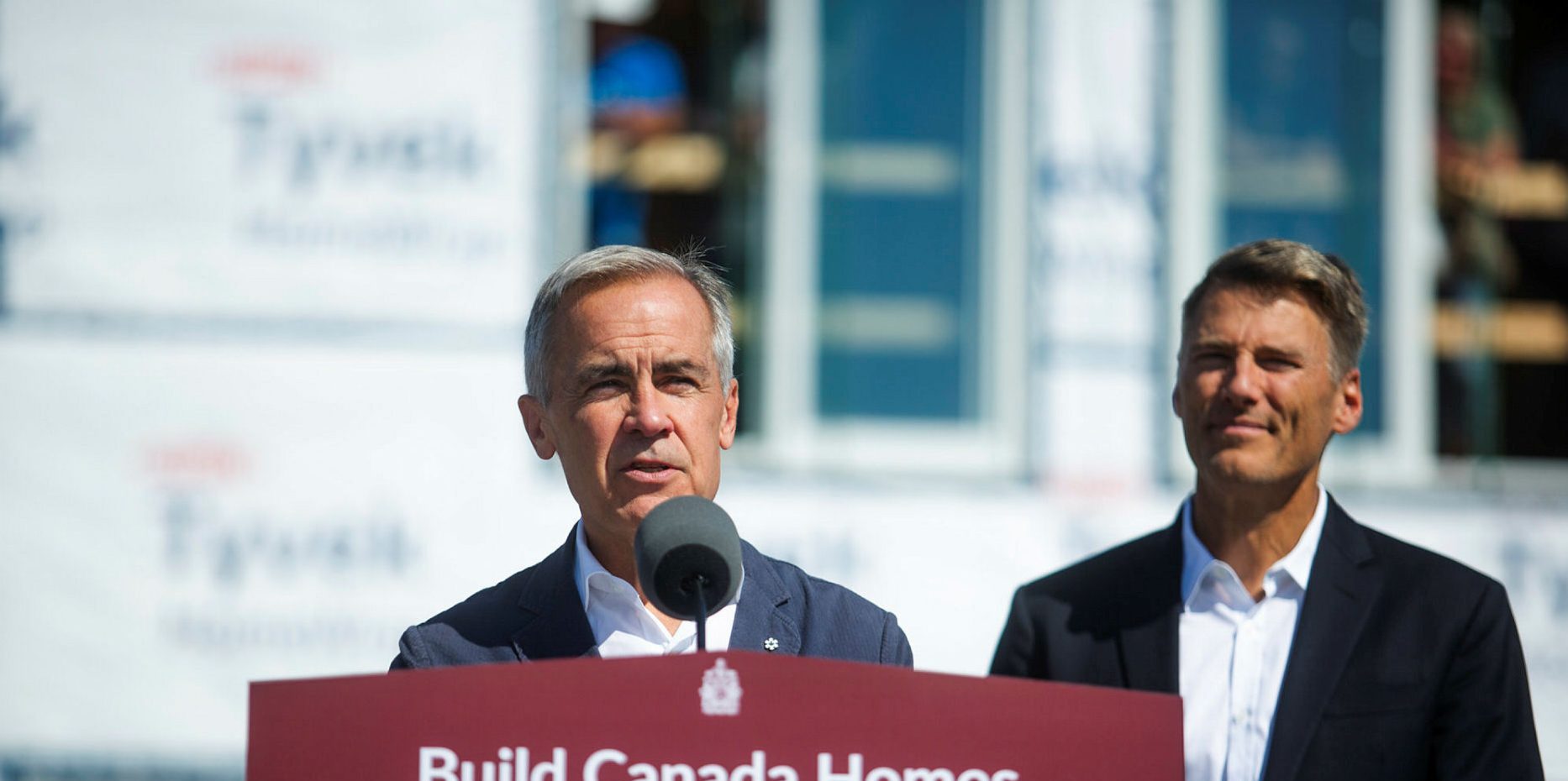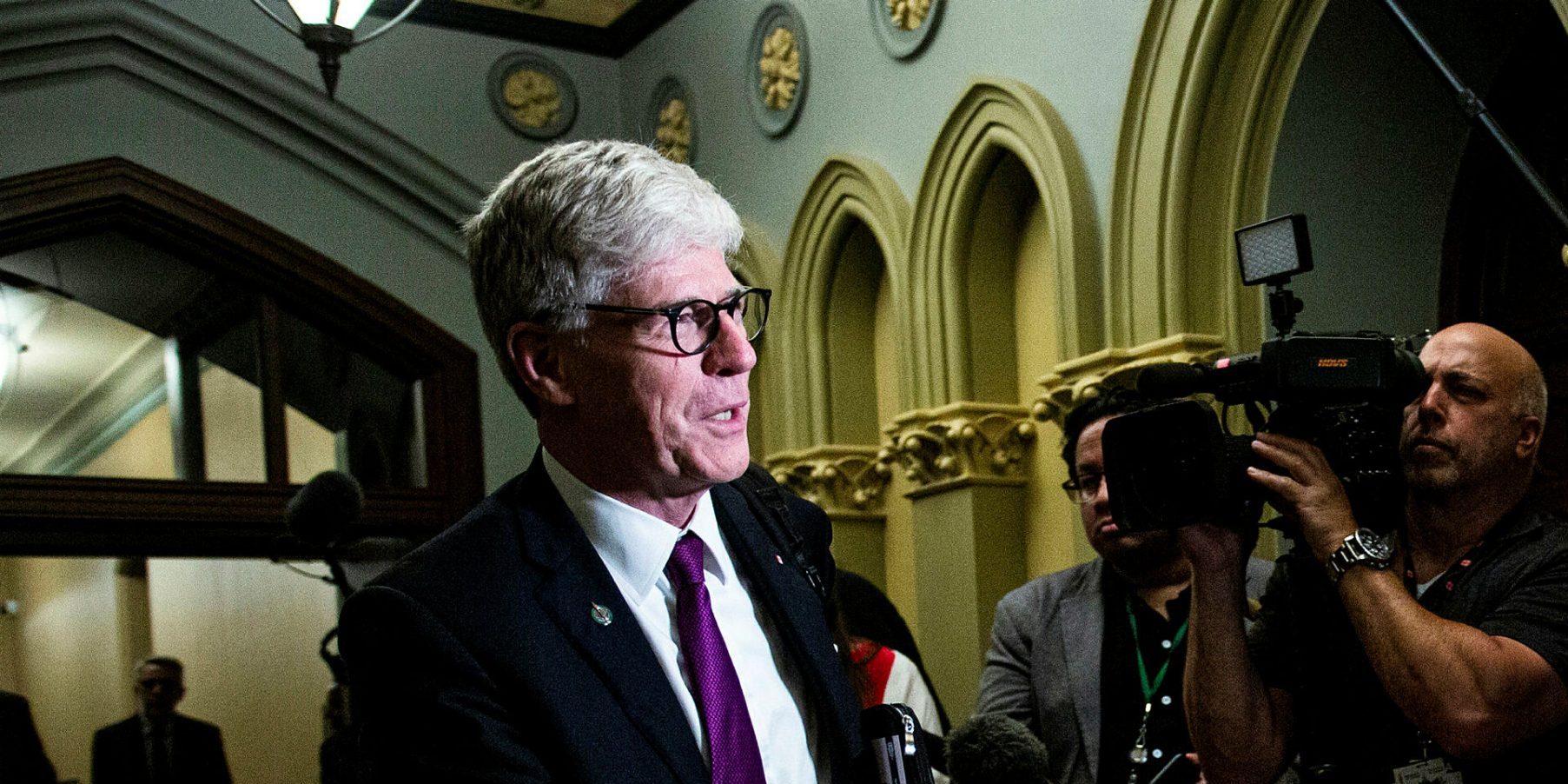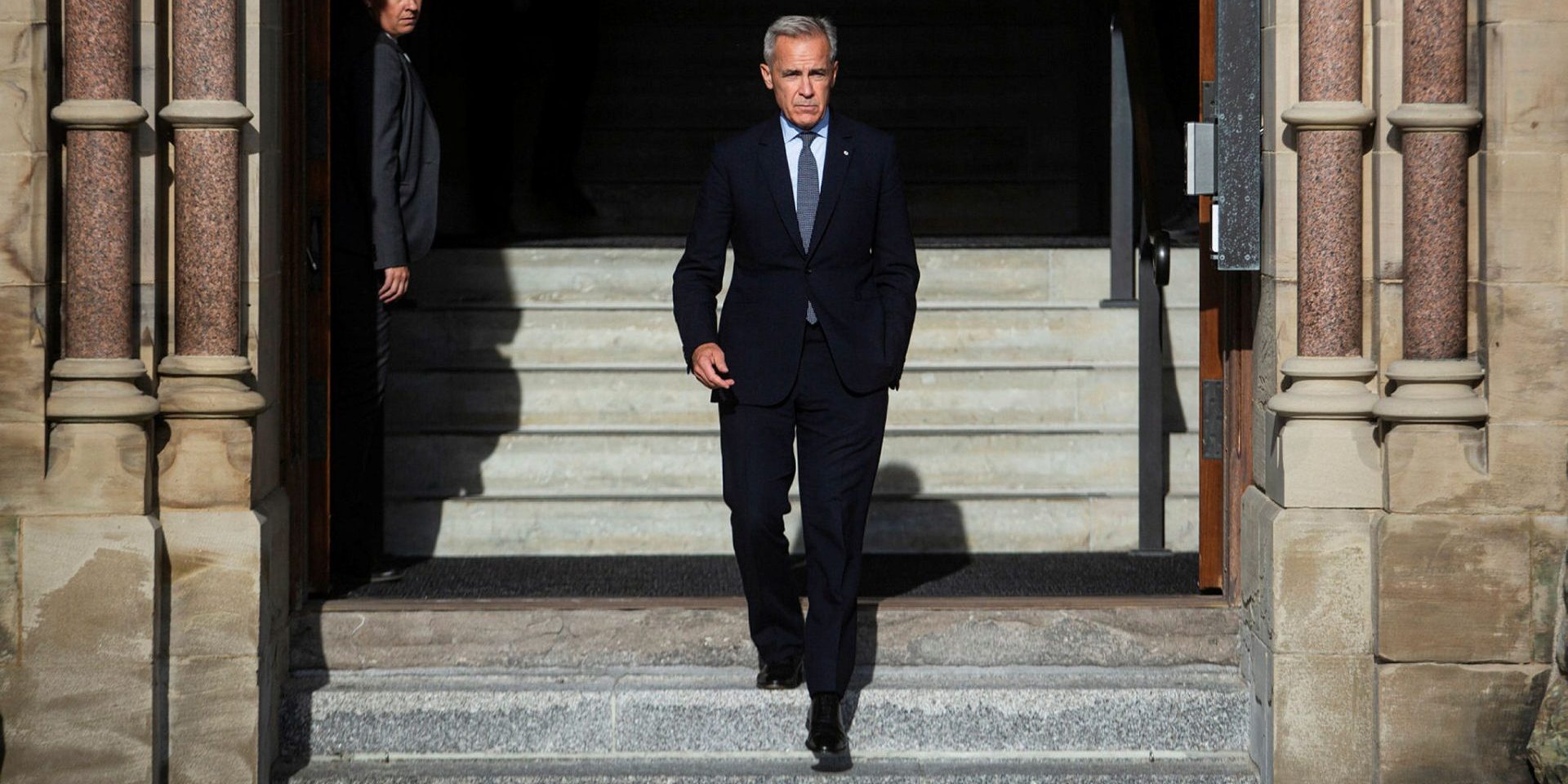The fall budget will be an early reckoning for the Carney government

With considerable fanfare earlier this year, Prime Minister Mark Carney delivered a single mandate letter to his new ministry promising a tight focus on seven priorities, delivered through an overdue embrace of cabinet governance and a promise of doing things differently. By contrast with the Trudeau administration, ministers are expected to act boldly in their responsibilities and get things done quickly—a welcome new playbook.
Recent polling by Abacus suggests that while Canadians still support Carney’s seven priorities, their sense of the government’s progress does not match the prime minister’s early rhetoric. Canadians also appear to be shifting their priorities towards bread, butter, and housing issues, and away from the crisis aura of dealing with United States President Donald Trump and his threats to our economy and sovereignty.
The Carney government’s fiscal policy, as set out during the election, was summed up in the mantra “spend less, invest more.” Budgets would be separated into two components: one for operating expenditures, and one for capital to build new national infrastructure. Managerial rigour would be the order of the day.
But, since taking office, no one knows the state of the nation’s finances as the government has offered no fiscal update. Adding to the uncertainty as Canadians await the fall budget scheduled for Nov. 4, the Carney government has made large new spending commitments, eliminated most retaliatory tariffs, announced 15-per-cent cumulative three-year spending cuts, and instituted a regulatory review.
Expectations are high for the Carney government, and the fall budget will be the first opportunity for a rigorous appraisal—by pundits, parliamentarians, markets, and the public—of how well it is doing in implementing its ambitious agenda.
It is worth reminding ourselves of the prime minister’s seven priorities. Heading the list was a statement of sovereignty based on the recognition that Canada’s old relationship with America was over. In June, Carney indicated he would establish a new economic and security agreement with the U.S. Now, with the reality of dealing with the Trump administration setting in, the minister leading the negotiations, Dominic LeBlanc, has redefined success as “a series of small deals that cumulatively would put us in a better position than right now.” Less than expected, and it points to the risks in the upcoming CUSMA re-negotiations.
The next priority is dismantling barriers to interprovincial trade to boost growth. The government’s actions to date have made a big show of what is actually a small step: eliminating the relatively small number of federal interprovincial trade barriers. Provinces—not the federal government—are the main culprits. And, despite their rhetoric, they continue to protect their own turf, limiting progress.
Bringing down the cost of living and making housing more affordable are on the priorities list, as well. According to Abacus, these most align with Canadians’ top-of-mind concerns today. But it is also where Canadians see the least progress. As with interprovincial trade barriers, these are issues significantly within the domains of provincial and municipal governments.
Beefing up our military, securing our borders, and reinforcing law enforcement were prominent among the PM’s priorities, in part reflecting American pressures. The Carney government’s decision to spend two per cent of GDP on defence this year grabbed the headlines, only to be trumped by a subsequent commitment, along with other NATO members, to raise defence and defence-related spending to five per cent of GDP by 2035. While more defence spending is clearly needed, announcing higher defence expenditures is the easy part. Now comes the hard part of implementing and paying for these promises.
Immigration is another priority, largely to undo the mess created by the Trudeau government. The Carney government promised a return to sustainable levels of immigration while attracting the world’s best talent. Beyond the immigration caps imposed in desperation by the Trudeau administration, little has been accomplished either on immigration sustainability, or a targeted program to attract top talent, particularly from the U.S.
Finally, there’s the lofty target of building the strongest G7 economy. Today, battered by the Trump tariffs, this country’s growth has been sputtering and the job losses mounting. The first list of five national projects along with a Major Projects Office headed by someone with strong private sector credentials is a good first step. But realistically it will take shovels in the ground and more national projects to move the needle on Canadian growth and jobs.
Expectations, promises, delivery and reality will come together in the fall budget. It has to deliver a credible growth story for a time of global upheaval—explaining how we are going to meaningfully reboot growth and diversify trade. The budget must also be fiscally credible. Will the budget narrative be austerity or investment? With a deficit likely well over $80-billion—double the Trudeau government forecast in December—will current spending cuts be sufficient to lower the net debt-to-GDP ratio going forward or will further cuts and tax increases be needed? Will financial markets buy into the separation of operating and capital budgets, or will Canada face market credibility questions that threaten our strong credit rating?
The Carney government has much riding on the reaction to its fall budget. So, too, do Canadians as they wait to see what the future holds.
Kevin Lynch was clerk of the Privy Council Office and a deputy minister of Finance. Jim Mitchell is an adjunct professor at Carleton University and a former executive at the Privy Council Office.
The Hill Times





 LICENSING
LICENSING PODCAST
PODCAST ALERTS
ALERTS


